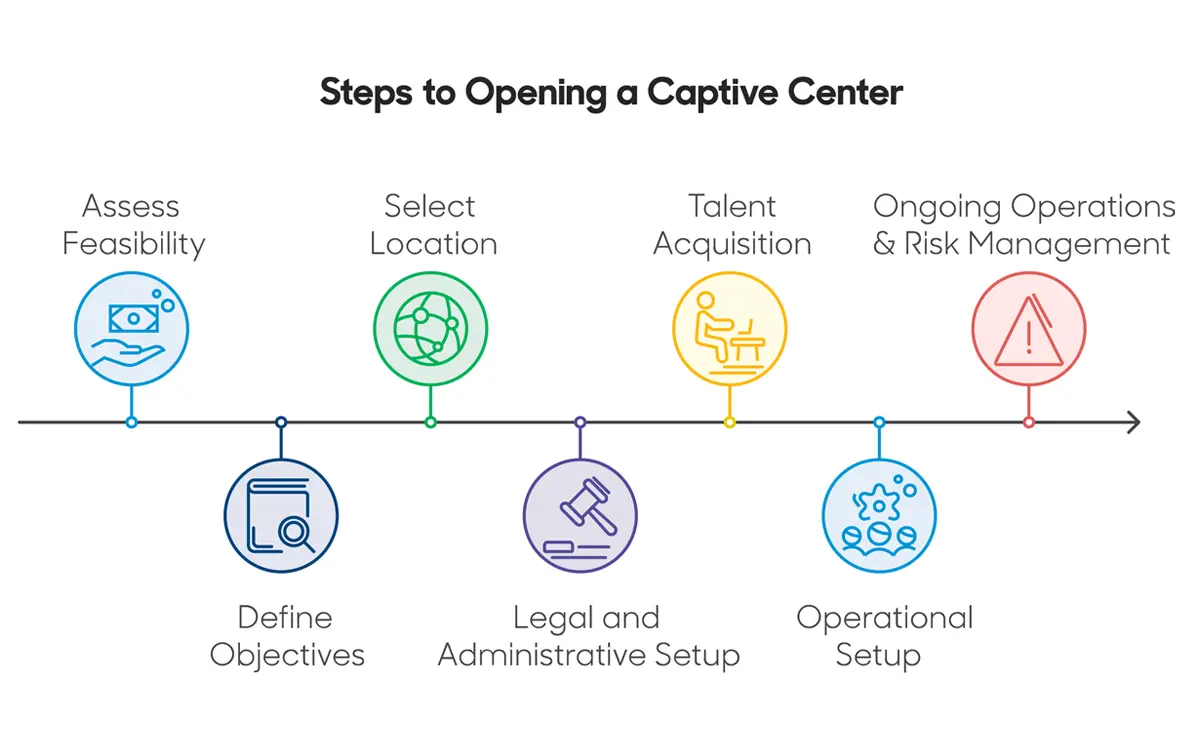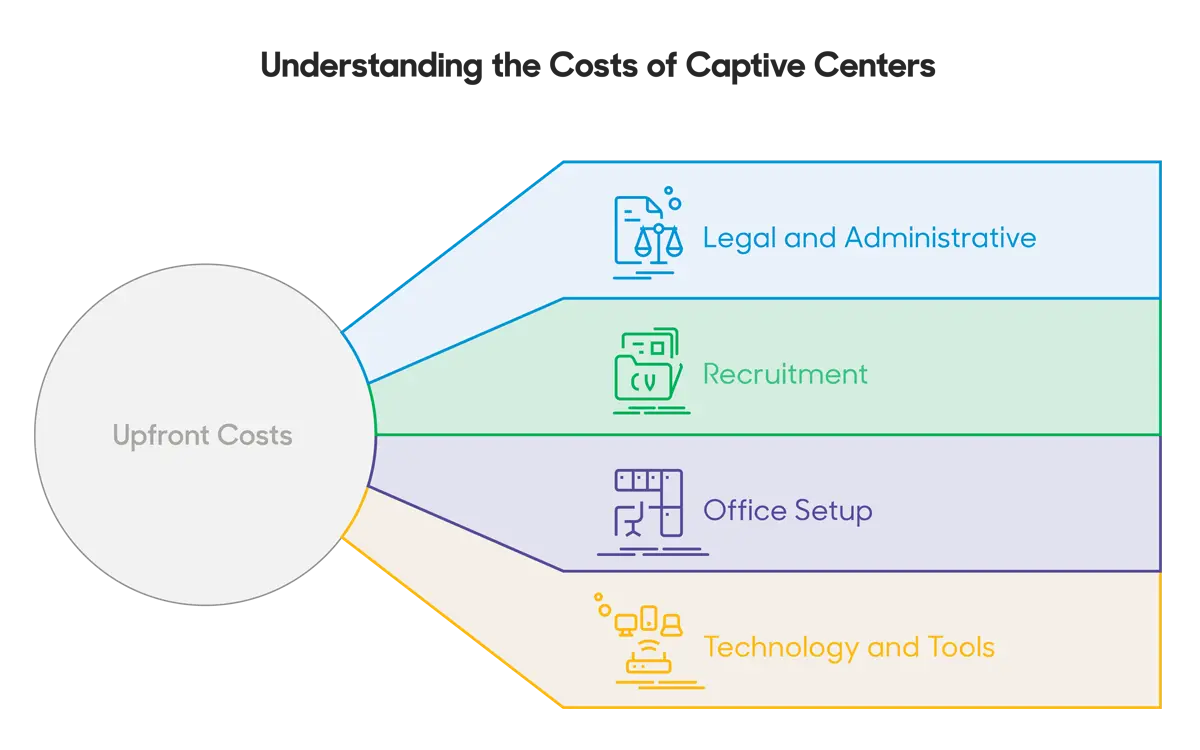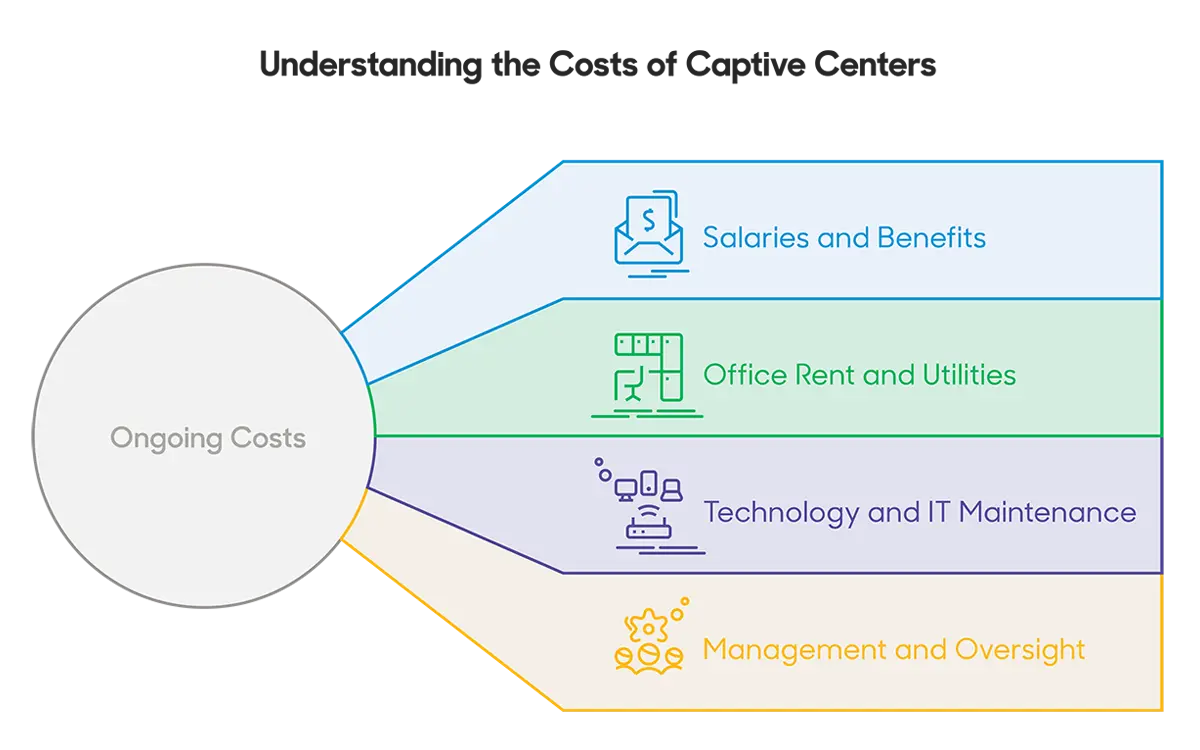
The Importance of Choosing an Easy-to-Work-With Nearshore Provider
Written by: Rod Aburto

Scaling software development capabilities with a nearshore outsourcing company offers a competitive advantage—but only if the partnership is seamless. Beyond cost savings and technical expertise, the ease of collaboration is what separates a truly successful nearshore relationship from a frustrating one.
An easy-to-work-with nearshore provider integrates smoothly with your team, enhances efficiency, and supports long-term success. For CTOs, software development managers, and decision-makers, selecting a provider that prioritizes communication, cultural alignment, and shared goals is key to fostering innovation in software and optimizing project outcomes.
As we say in Mexico, “El que con lobos anda, a aullar se enseña.” (Whoever walks with wolves learns to howl.) The right nearshore partner should be more than just an external vendor; they should align with your team, working toward the same objectives with agility and commitment.
Here are 6 key things to keep in mind when choosing a Nearshore partner—insights I’ve gathered from my experience working closely with clients at Scio
1. Strong Communication is Non-Negotiable
Effective software development collaboration depends on clear, proactive communication. The best nearshore outsourcing companies create an environment where team members share progress, voice concerns early, and work efficiently across borders.
What to Look For:
- Developers with strong English proficiency and the ability to articulate ideas clearly.
- A team that provides frequent updates, actively participates in stand-ups, and values feedback.
- Structured processes to ensure transparency and prevent misunderstandings.
With open communication, projects move forward smoothly, reducing friction and increasing productivity.
2. Cultural Alignment Enhances Team Synergy
A nearshore provider that aligns culturally with your company ensures smoother collaboration and team integration. Cultural compatibility fosters software engineering excellence by creating a positive work environment where developers share the same approach to problem-solving.
What to Look For:
- A provider that understands your company’s values, processes, and work ethic.
- Teams that proactively solve challenges instead of waiting for instructions.
- A shared commitment to best practices in coding, agile methodologies, and continuous improvement.
When cultural alignment is strong, software development diverse opportunities become more accessible, leading to stronger collaboration and innovation.
3. Commitment to Achieve Client Goals
An exceptional nearshore outsourcing company doesn’t just deliver software—they work toward achieving your strategic objectives. The best partners act as an extension of your team, dedicated to your success.
What to Look For:
- A provider that deeply understands your business needs and objectives.
- A proactive approach to problem-solving, with recommendations that align with your company’s vision.
- A track record of long-term client relationships, demonstrating commitment and reliability.
A nearshore provider should be invested in your outcomes, ensuring that each milestone contributes to sustainable growth and innovation.

4. Flexible Engagement Models for Scalability
As business needs evolve, the ability to scale development resources quickly is crucial. Choosing a software consulting services provider with flexible engagement models ensures you can adjust team size and expertise based on project demands.
What to Look For:
- A partner offering dedicated teams, staff augmentation, or project-based engagement options.
- The ability to onboard new team members quickly without long ramp-up times.
- Adaptive structures that support agility and cost-effectiveness.
This flexibility helps companies capitalize on strategic digital nearshoring without overcommitting resources.
5. Time Zone Compatibility for Real-Time Collaboration
One of the major benefits of nearshoring is working in the same or overlapping time zones as your internal team. Unlike offshore models that rely on asynchronous communication, nearshoring allows for real-time collaboration and quick decision-making.
What to Look For:
- Overlapping work hours that enable live interactions and faster feedback loops.
- A team that is engaged and responsive during critical project discussions.
- Scheduling flexibility to accommodate cross-border collaboration without delays.
Aligned time zones make workflows more efficient, helping teams avoid unnecessary bottlenecks.
6. Adherence to Best Practices in Coding & Software Engineering
A nearshore outsourcing company should not only deliver software but ensure it meets high standards for security, scalability, and maintainability.
What to Look For:
- A commitment to best practices in coding, including modular design, automated testing, and version control.
- Strong experience with agile methodologies like Scrum and Kanban.
- Expertise in the latest innovation in software, ensuring your tech stack remains modern and efficient.
This guarantees that your software development collaboration leads to long-term, high-quality results.

Conclusion: Prioritize Ease of Collaboration for Nearshoring Success
Choosing an easy-to-work-with nearshore provider isn’t just about technical skills—it’s about finding a partner who communicates clearly, aligns culturally, shares your business goals, and adapts to your needs. Strong communication, cultural fit, flexibility, time zone compatibility, and software engineering excellence should be top priorities when evaluating nearshore partners.
At Scio Consulting, we specialize in strategic digital nearshoring, offering seamless software consulting services that integrate effortlessly with your team.
Looking for a nearshore partner that understands your goals and delivers with precision? Let’s talk and explore how Scio Consulting can help you scale your development capabilities the right way.



























